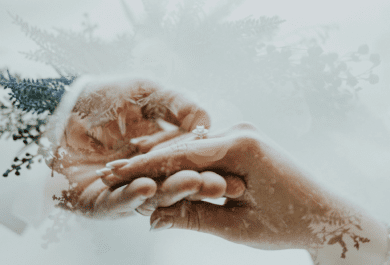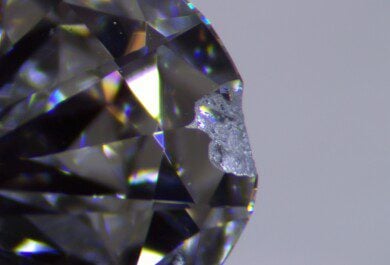The Famous 4Cs
If you know anything about diamonds it’s probably the 4 Cs… Carat, Color, Clarity and Cut. There’s plenty of information about the 4Cs which can be found online. You can also learn to define them in conversations with professionals and enthusiasts – but prioritizing them is not always easy.
- Some people want the most carat weight possible.
- Other people want the iciest, whitest color.
- Still others are attracted to the concept of “flawless” clarity.
- Some want to balance all 4Cs equally.
“What to do, what to do?”

At some level, it’s a matter of personal taste and values. Nevertheless, especially for round brilliant diamonds, it might be helpful to know the one important thread which links all of the Cs together. If you pull that thread properly all of the other Cs may improve:
The most important C is cut. Cut is King!
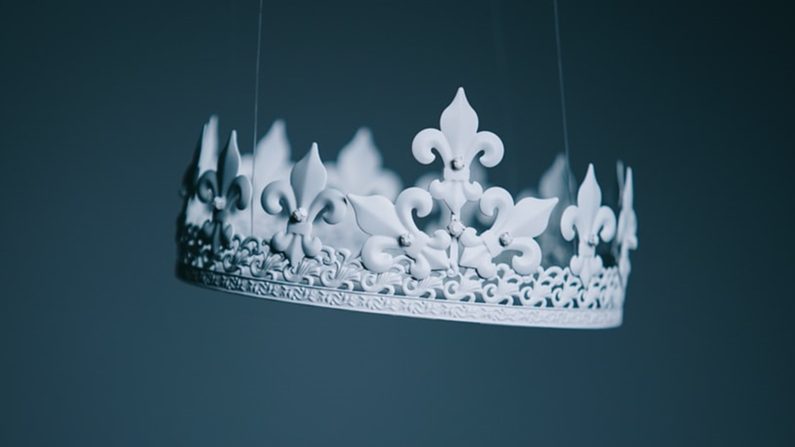
“Why Cut?”
The way diamond is cut determines whether it reflects back a minimum or maximum amount of the light it gathers. It’s something you can see across the room, the brilliant sparkle of a well cut diamond. Even a D Flawless diamond (the highest color and clarity) can look dull and boring if it’s cut poorly. And a huge diamond that’s dull and lifeless will not attract the eye like a smaller diamond exploding with brightness and fire. The most attention and compliments reliably go to the diamond with fire and sparkle that attracts eyes from across the room.
Diamond design:
Imagine building a state of the art race car. If you produce the hood, body, cockpit, and spoiler with perfect aerodynamics it will hug the ground and cut the air. But if those parts are fashioned in a manner that’s not aerodynamic your car won’t perform as well as others.

That’s the way diamond cutting works.
When produced with geometric angles that create the best sparkle and brightness they can be compared to the most aerodynamic race cars. They gather light from above and efficiently send it back to your eyes as brightness, dispersion, and scintillation.
“Why is cut the most important diamond 4C?”
Because top cut quality is more visible and can even improve the appearance of the other Cs. Particularly with round brilliants.
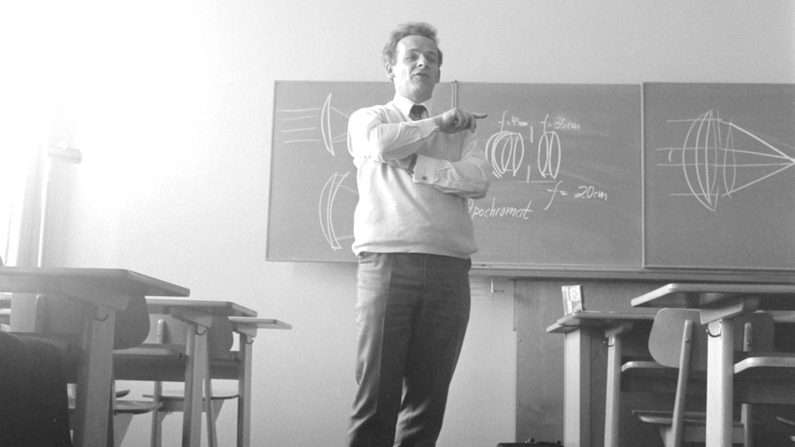
“When is cut > color?”
This one is simple. You can see the sparkle of a well cut diamond from across the room, but you will need to be around three feet away from a diamond to start detecting its color. And if those diamonds are in the range of D (colorless) to G (near-colorless) it’s difficult to see any difference in color unless you scrutinize them closely.
Cut also benefits color:
If the diamond is extremely well-cut, gathering and sending light back to your eyes with top intensity, you can add a few more colors to that “hard to tell a difference” range, all the way down to J. This is because diamonds are color-graded upside down, viewed through the side (!)
Color improvement 🙂
Those with top cut quality can appear to have less color in normal viewing than their lab grade when seen from above.
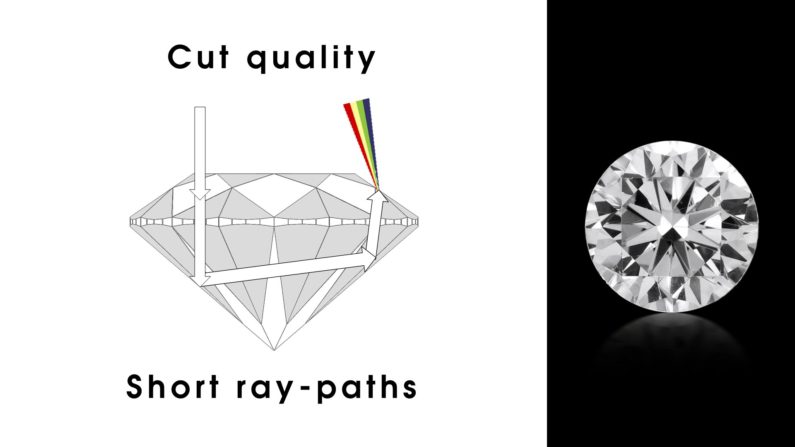
Color exaggeration 🙁
Alternately, diamonds with cut quality which forces longer ray paths can seem to have more color in normal viewing than their lab grade, since the body color becomes illuminated.
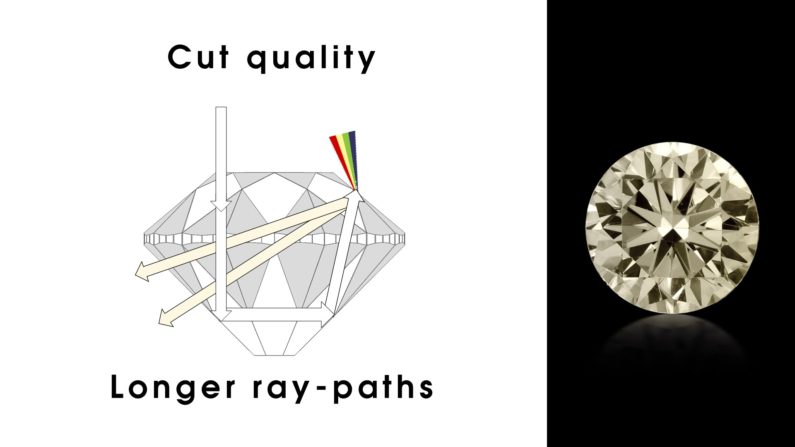
Learn all about how color is graded on our education page on Diamond Color.
“When is cut > clarity?”
Here again, sparkle and fire in a well cut diamond will speak from across the room – but you usually need to put your eyeball inches away to scrutinize clarity. Did you know that the top six clarity grades, FL, IF, VVS1, VVS2, VS1, and VS2 all look identical to the naked eye.
There are even diamonds in the SI1 and SI2 grades (rarely) that are “eye-clean,” appearing just like flawless diamonds to observers.
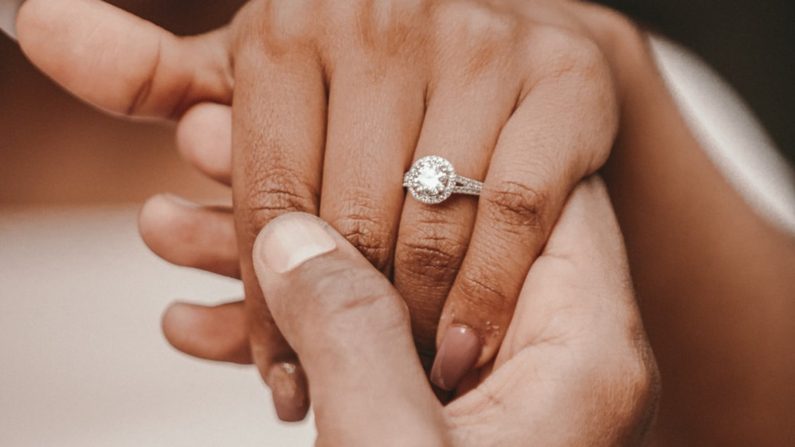
Cut can also benefit clarity:
While not nearly as dramatic an improvement as color, diamonds with inclusions on the verge of visibility can be “masked” by cut quality in many lighting environments when that well cut diamond is sparkling with on-off white and colored flashes.
Learn all about clarity on our education page on Diamond Clarity.
“What about carat weight?”
Carat weight throws an interesting curveball into the mix.
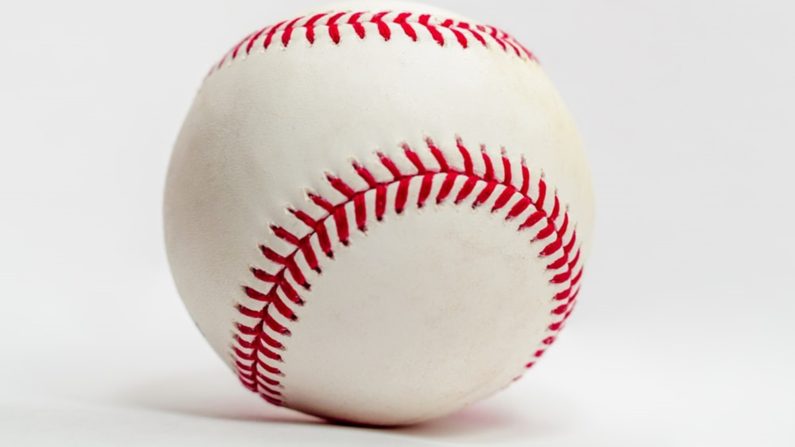
Color and clarity denote subtle, sometimes negligible differences, but carat weight denotes the diamond’s overall size. That makes your prioritization more subjective depending on your budget and size expectations. But while the size of a stone speaks loudly we can make this simple again: The CUT determines just how loud that diamond speaks when you walk in the room.
“So cut & carat are equal?”
In some ways, yes. But cut also has a profound impact on carat appearance. Here’s how…
#1. Great Cut improves PHYSICAL SPREAD:
Diamond with top cut quality will be proportionate, side to side, for their weight. Diamonds cut deep (most of the world’s diamonds) will have less side-to-side physical spread. Diamonds cut shallow have a good spread but many of them go dark in certain situations, looking dead, which brings us to #2…
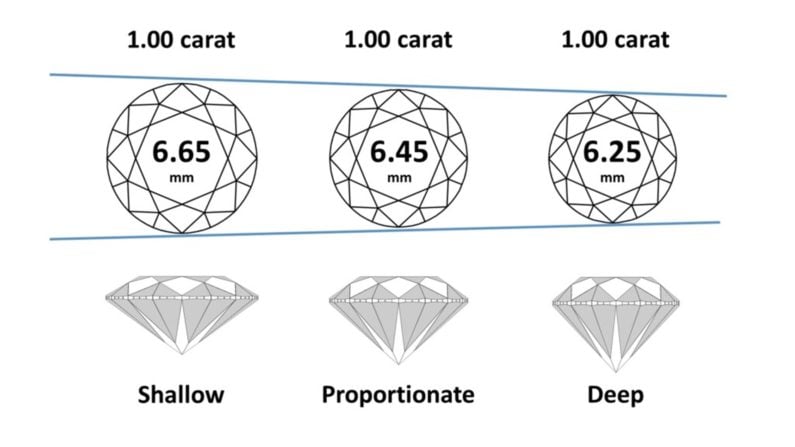 #2. Great Cut improves VISUAL SPREAD:
#2. Great Cut improves VISUAL SPREAD:
Not only do diamonds with great cut quality have proper side-to-side physical spread, noted above. Additionally, the best-cut diamonds are also visually the correct size because they remain bright from edge to edge when removed from bright jewelry store spotlights. You can see this below: The PHYSICALLY SMALLER stone, on the left, looks VISUALLY LARGER than the stone on the right, even though it has a lower weight and smaller physical spread.
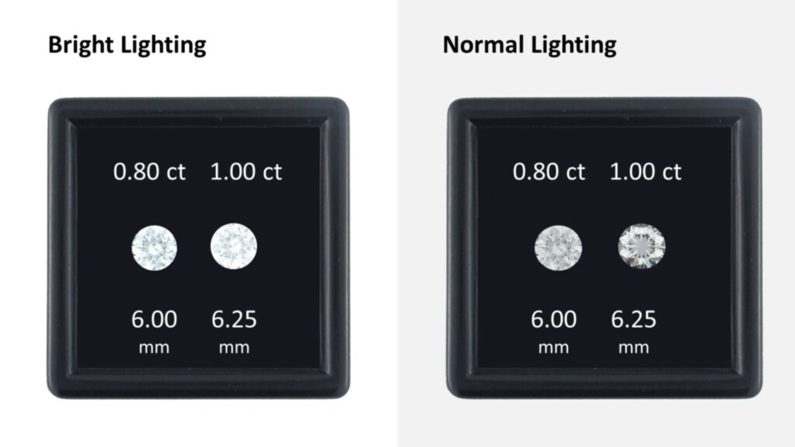
Going back to our sports car design comparison:
If you have two diamonds of the same carat weight but one is cut proportionately / with the best light return (the most aerodynamic race car) and the other is cut shallow or deep / where light escapes through the bottom (like a non-aerodynamic car), the proportionate cut will appear larger in many lighting conditions because it remains bright from edge to edge. But the deep cut will go dark at the edges in low lighting conditions.
Learn more about this on our education page on Carat Weight.
Keep it real
When asking which diamond 4C is most important, remember that no one has a tag hanging from their diamond showing the color or clarity grade. No one says “Wow, cool VVS1.” when you walk into the room, but people may say “What a beautiful, sparkling diamond!” That’s what people see first – sparkle and size. And well-cut diamonds not only sparkle, but they also appear physically and visually larger than diamonds of the same carat weight which aren’t well cut. ‘
“So… Cut > Carat > Color > Clarity?”
According to me, yes. But you do you.
For certain: Anything I’ve written above can be overruled by personal taste and preferences.
The endless combinations of the 4Cs influence appearance and performance and the price tag in many different ways. My recommendation is to make cut quality the absolute priority. If you agree, you have your answer to which diamond 4C is most important. Beyond that, focus on balancing the other Cs according to your personal taste and get the most awesome performing, dazzling diamond possible.

Written by John Pollard
Comments?
Have you ever seen two diamonds of the same shape and carat weight that look different sizes? Did you know cutting explains that? Do you know why most diamonds are cut deep? Do you know why some butchers put their fingers on the scale? Are those two things related? Have you ever seen a diamond that made you say “ick?” Have you ever seen a purple diamond? Do you ever hope to see one? How about a single diamond that shows different rainbow colors? Do you think someone is working on that in a lab somewhere? Do you imagine that person is an evil scientist or a happy gemologist?
DISCUSS ON PRICESCOPE
More Reading
Learn how to define brightness, leakage, contrast, and scintillation on our page Diamond Performance Explained.
Take your diamonds on a brightness, fire, and sparkle test drive: Make Comparisons Like an Expert.
Get fast answers to any question: Ask our community of unbiased independent helpers.
Ready to find your diamond?
SEARCH LOOSE DIAMONDS NOW









 #2. Great Cut improves VISUAL SPREAD:
#2. Great Cut improves VISUAL SPREAD:








